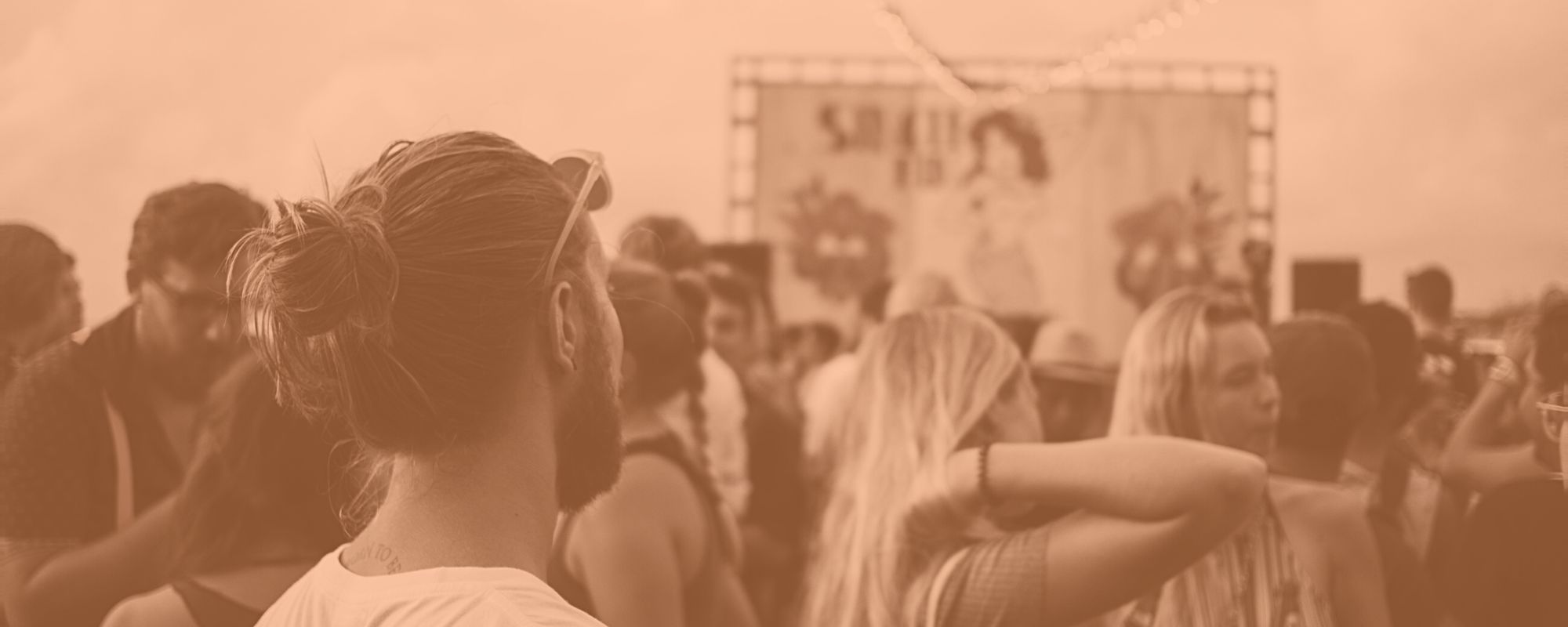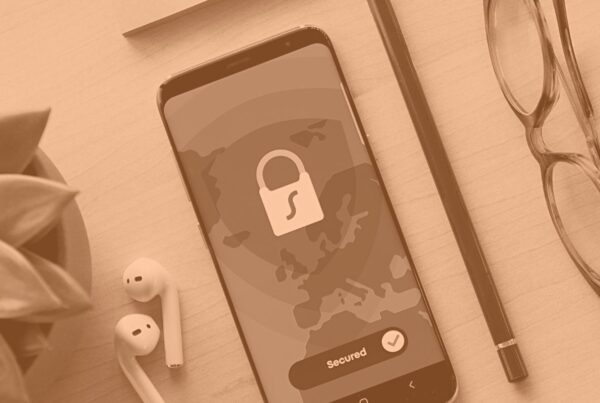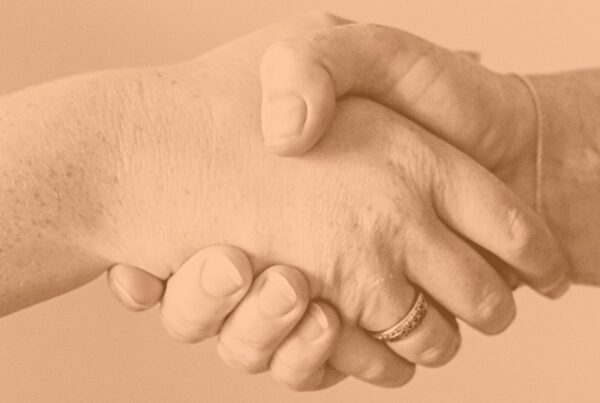A recently published Freeman report highlights a significant shift in the demographics of B2B event attendees. With this new generation of younger, more diverse, and more educated attendees emerging, the event industry must adapt to meet their evolving needs and expectations.
In this episode of the Event Brew podcast, Xander, Will Curran, Arianna, and Nick dive into this shift; from understanding the motivations behind younger attendees, and rethinking exhibit halls, to embracing new technology, the Brew Crew explores how event professionals can harness this shift in demographics to create events that cater to the next generation of event-goers. Tune in and find out what they have to say!
Why Older Generations Might Pass on Events More Than Younger Generations
Arianna starts today’s discussion by giving us some context. “Freeman uses the term ‘Next Gen Event Goer’ (NGEG). Freeman defines this group as quite a bit younger, about seven years younger on average. They’re also saying this group is more likely to be female, has more demographic diversity, and has higher levels of education than event goers over 45, which I found interesting.”
“We’re talking about B2B events here. These are people attending events on behalf of their businesses,” says Xander. “At some point, retirement age happens, and people might not be as prone to attend something they’re no longer obligated to. I think that’s a pretty clear indicator that the workforce is having this shift. The younger generations within these workforces are probably more prone to attend these events and are more willing to travel as well.”
“I’m interested in the fact that the friction of attending events is probably a big part of it,” shares Nick. “If you’re a senior, you used to go to events because you had authority. Maybe they’re (younger generations) acquiescing their authority, or events don’t require as many authoritative people. The best case scenario is an even mix.”
“The senior decision makers are also younger,” adds Will.
“That’d be what I’d want to know,” says Nick. “Are they sending people to these events on their behalf, or are they empowering the people they’re sending? Age is one biographic input, but I want to know more about the decision-makers. Is there a diminishing level of C-suite people attending events? Or is it simply that people of these ages have higher positions? That’s more important than their age. But one of the most interesting things is, it seems like people under the age of 40 are still interested in live events.”
Arianna has an idea about why that might be the case. “I would guess that folks want to build networks at events rather than make purchasing decisions. This is an opportunity not to be missed because you’re not getting those interactions on the street.”
And the Freeman report would agree. It states, “Although more employees are back in a physical workplace at least a few days a month, people are still interested in more connection with their peers and looking to build professional networks in person.”
What Do We Do Now?
After learning about this shift in the average age of B2B event attendees, the natural next question is, what next?
“From a positive side, it gives us a more specific idea of who our attendees are,” says Will. “Often, we plan events for a wide age range. One positive is that this gives us a little bit of an easier planning process. And that was one of my questions. We now know that there’s been a six-year jump down in age. What do we need to do now?”
“You made me reflect on, have I considered age as a factor before?” says Arianna. “I can’t say that I’ve considered age as much as experience level and how to optimize networking for experience level. It’s got me thinking about, do I need to look at some of these attendee demographics in a new way moving forward?”
Xander finds himself in a similar situation. “It hasn’t been a major consideration for most of my programming. There may be an interesting scenario where you see the opportunity to make optimized changes for this NGEG attendee. Still, many organizers are probably more on the generalist side of things. There are lived experiences that probably need to be addressed and catered towards, but I don’t anticipate the planners’ perspective changing too much with this in mind because we try to curate things towards as wide but as focused of a population as possible within our attendee basis.”
 Do I Even Care About Age?
Do I Even Care About Age?
“Nick, I have to tag onto something you said earlier,” says Arianna. “I want you to talk more about it. Does their age matter? Do they have decision-making power, and have the titles changed? Because I’m like, do I even care about age?”
“First off, if you can get more data on personas, the clearer picture you have,” says Nick. “One of the things said in this report is that the biggest opportunity you have in understanding age-based demographics is that generation’s needs and expectations.” As Nick puts it, older generations see some experiences as nice to have, whereas younger generations have different baseline expectations—for example, personalization.
“Younger demographics generally prefer increased personalization,” continues Nick. “That’s a generalized statement. However, these generalizations can be useful if you’re in a decision-making process between one thing and another. Understanding your audience is a big deal.”
“It’s a good point,” says Will. Curious about a point Nick made about buyers, Will researched more. “I found an article on Trust Radius, which states 60% of all B2B tech buyers are millennials. We’re hitting this point where millennials are the predominant demographic for both buyers and attendees of events.”
Interested in this statistic, too, Arianna turns the Brew Crew to how age-based demographics might influence purchasing decisions. “That speaks to how we might coach our expo folks,” she says. “Of all the resources millennial buyers use, vendor reps and materials are the least trustworthy and influential. Maybe buyers are buying differently, and we need to shift event design around more thought leadership for these vendors and less of this, ‘Meet a rep in the expo hall.’”
Personalization and Engagement are not Going Away.
One key finding in the Freeman study is that the NGEG will not respond to a one-size fits all strategy. The key “is to offer personalized content that capitalizes on its chosen medium and emphasizes the attendee experience.” The Brew Crew talks about this next.
“One thing I don’t see at many events is the chance to have conversations with the speakers,” says Will. “There’s much more of a need for, instead of an exhibit hall, a table set up where the speakers are, or maybe there’s a speaker networking time. As an attendee, I would get more value from it. As a speaker, I would get more value from it.”
“I have also heard this call for more engagement with speakers,” says Arianna. “One of the things we’re doing this year is pairing our stage segments with a follow-up round table hosted by the speaker. We’ve all gotten used to being a part of the show. The digital space leveled that front-row experience and the VIP experience; we all got a front-row seat. We need to find ways to translate that into onsite events as well.”
“I think personalization is just not going away,” adds Nick. “That’s probably one of the biggest elements of this, inclusivity and personalization. This new group of attendees isn’t asking for things people don’t already want. They’re just willing to fight for it. These are positive net gains for everyone.”
“I think the markets which focus on networking solutions, personalization, and an increased sense of belonging and equity for their increasingly diverse audiences are the ones that are going to be the best put forward,” concludes Nick.
 B2B Event Attendees are Younger: What Next?
B2B Event Attendees are Younger: What Next?
As the Brew Crew begins to wrap up, Arianna turns the group to the final question for the day. “I’m curious what everyone’s first thought is. My attendees are younger. What next? My first thought was, ‘Oh great! Now I can use QR codes.’”
Nick thinks everyone should blast their excuses away. “Blow those excuses out of the water. ‘Our members don’t do this. Our attendees don’t do this.’ I think we can start pointing to these numbers saying that’s categorically untrue, and you might be behind the times using past information to inform current decision making.”
Will thinks the culture of events will change entirely. While the growing trend of cannabis at events is a great example, he also references other changes. “Maybe an example is the willingness to hear cursing on stage. It changes what kind of music you’re playing, what kind of jokes you’re making in your marketing, and what’s socially acceptable on stage.”
What are your thoughts? How will the shift in the average age of B2B event attendees affect how you plan and design your events? Email us your questions or your thoughts. Maybe your feedback should be the topic of the next Event Bew episode. We’ll catch you here next time.








